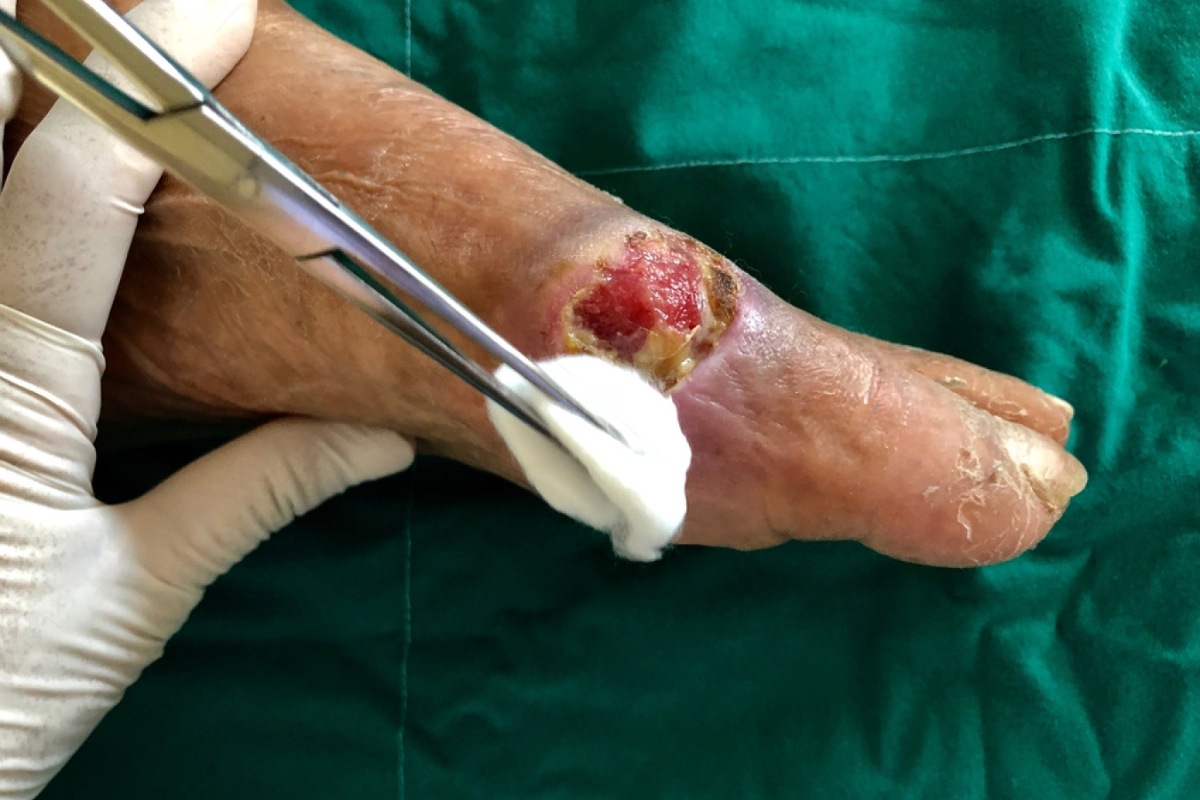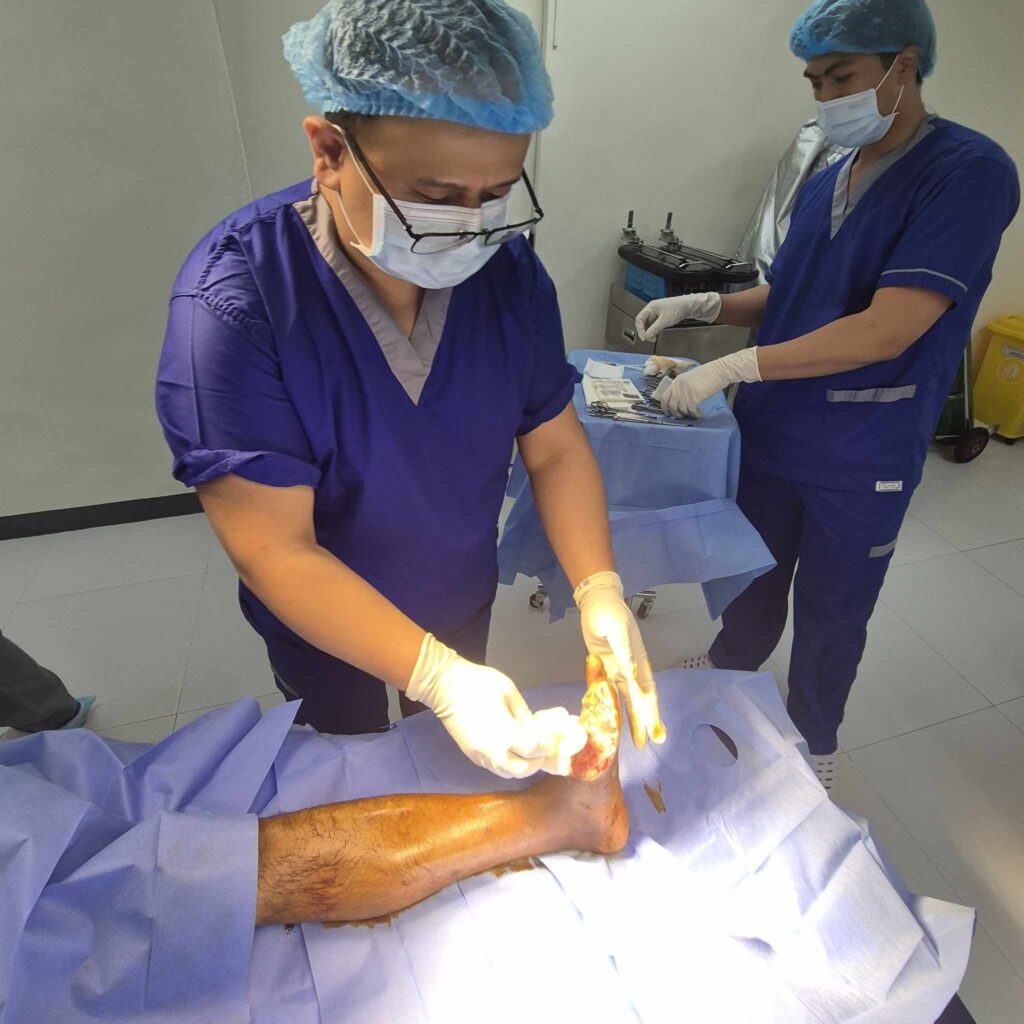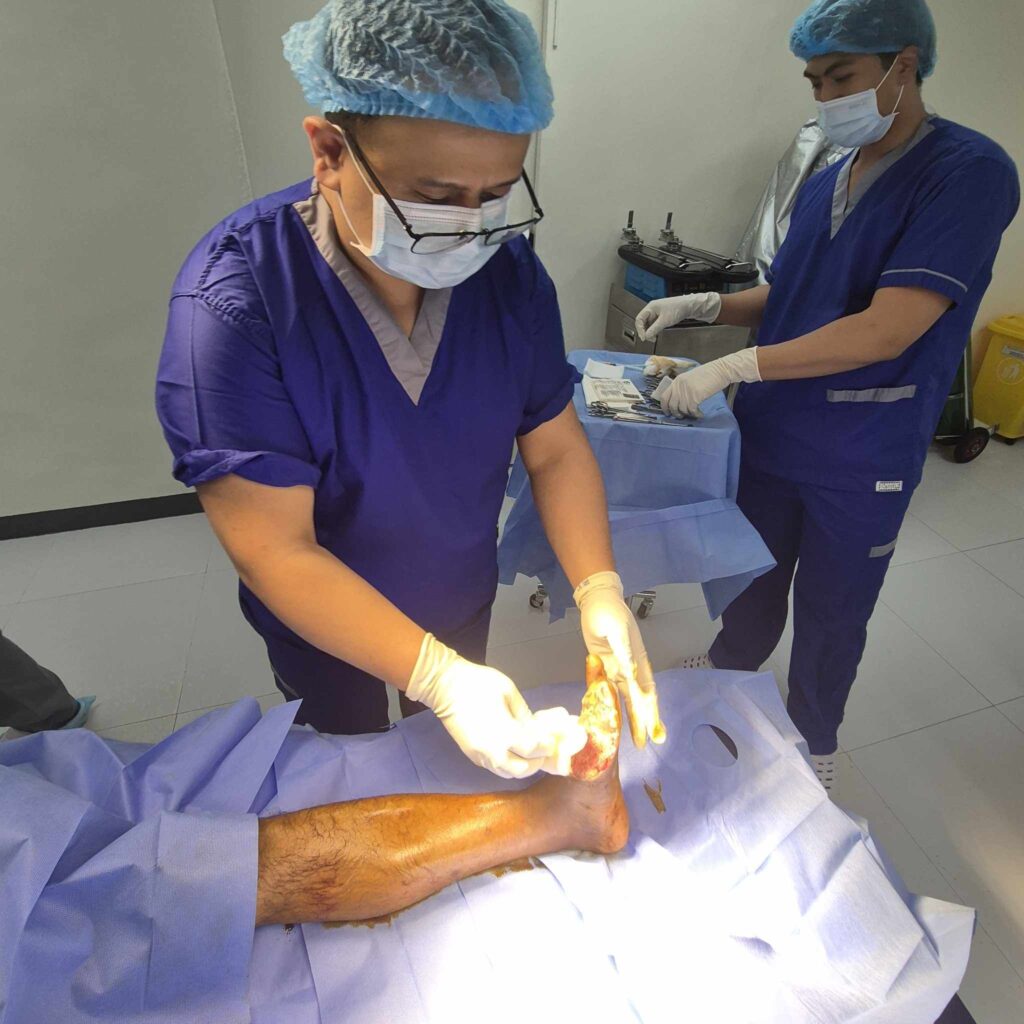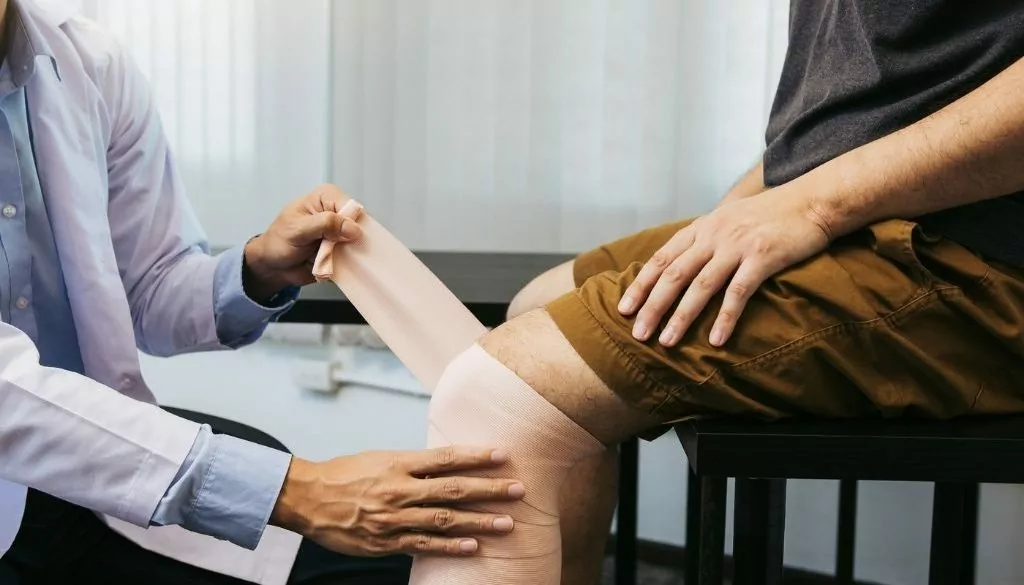Dead tissue removal plays a critical role in maintaining wound hygiene and preventing complications. When wounds contain necrotic or dead tissue, they become breeding grounds for bacteria, leading to severe infections and delayed healing. At Kalingap Wound Care Clinic, dead tissue removal is performed with utmost care and precision to support fast recovery and reduce infection risks. Understanding the value of timely dead tissue removal can help patients avoid prolonged treatments and life-threatening infections.
What Is Dead Tissue and Why Does It Form?
Dead tissue, medically known as necrotic tissue, is a type of non-viable tissue that forms as a result of poor blood flow, infection, or prolonged pressure on the skin. It commonly develops in pressure ulcers, diabetic foot ulcers, burns, and surgical wounds. Dead tissue removal is vital because this non-living material obstructs healthy tissue from regenerating, prevents oxygen and nutrient delivery to the wound, and makes healing impossible without intervention. Kalingap Wound Care Clinic specialises in safely identifying and removing such tissue to pave the way for proper healing.
How Dead Tissue Contributes to Wound Infections
When dead tissue remains on a wound, it creates a warm, moist environment ideal for bacterial growth. This significantly increases the chance of infection, which can progress to cellulitis, sepsis, or even amputation in severe cases. Dead tissue removal eliminates the source of bacterial colonisation and allows the immune system and topical treatments to work effectively. At Kalingap Wound Care Clinic, every procedure focuses on minimising infection risk through expert dead tissue removal and tailored wound care solutions.
Methods of Dead Tissue Removal (Debridement Techniques)
There are several ways to carry out dead tissue removal, depending on the wound type and patient condition. Autolytic debridement uses the body’s own enzymes to dissolve necrotic tissue, often with the help of special dressings. Enzymatic debridement involves applying topical medications to break down dead tissue. Mechanical methods like wet-to-dry dressings or irrigation physically remove the tissue, while surgical debridement provides immediate results through precise cutting. Kalingap Wound Care Clinic assesses each wound to choose the safest and most effective dead tissue removal technique for every patient.
Importance of Professional Wound Care in Preventing Infections
While some may attempt home remedies, professional intervention is crucial for effective dead tissue removal. Only trained wound care specialists can evaluate the severity of necrosis and determine the right approach. At Kalingap Wound Care Clinic, each case is handled by skilled practitioners who use sterile techniques and clinical judgment to manage wounds safely. This not only ensures the dead tissue is properly removed but also prevents new infections and accelerates recovery. Regular follow-up and dressing changes further contribute to infection control.
Special Considerations for High-Risk Patients
Certain groups, such as people with diabetes, the elderly, or those with poor immune response, are more prone to developing chronic wounds and infections. For these individuals, dead tissue removal is not just beneficial—it is essential. Delayed removal in such cases can result in serious complications like gangrene or limb loss. Kalingap Wound Care Clinic prioritises early and gentle debridement techniques specifically adapted to suit high-risk patients, ensuring they receive the best care without added stress to their condition.
How Timely Dead Tissue Removal Promotes Faster Healing
Early dead tissue removal dramatically improves healing outcomes. When wounds are free of necrotic material, new tissue can grow unhindered, and the wound bed remains clean and infection-free. This speeds up the natural healing process, minimises scarring, and shortens treatment duration. Patients at Kalingap Wound Care Clinic often report noticeable improvements within days of professional dead tissue removal, as the clinic’s holistic approach combines debridement with hydration, nutrition guidance, and consistent wound monitoring.
Common Myths About Dead Tissue and Wound Healing
Many people believe that dead tissue will eventually fall off by itself or that wounds should be left untouched to heal naturally. These misconceptions can lead to delayed care and severe complications. In reality, necrotic tissue creates a barrier that prevents healing, and avoiding treatment increases the chance of infection. Dead tissue removal is not a luxury—it is a necessity. Kalingap Wound Care Clinic educates patients and caregivers on the importance of timely and professional intervention, busting myths and replacing them with science-backed practices.
Takeaway
Dead tissue removal is a cornerstone of effective wound care and plays a vital role in preventing infections and promoting recovery. Ignoring necrotic tissue can lead to serious medical consequences, but timely intervention offers a path to healing. Kalingap Wound Care Clinic remains the top choice for patients seeking expert dead tissue removal and reliable wound care services. Their commitment to safety, patient comfort, and optimal healing outcomes sets them apart as the best clinic to trust for wound infection prevention. Let Kalingap Wound Care Clinic support your journey to complete recovery—one clean wound at a time.







